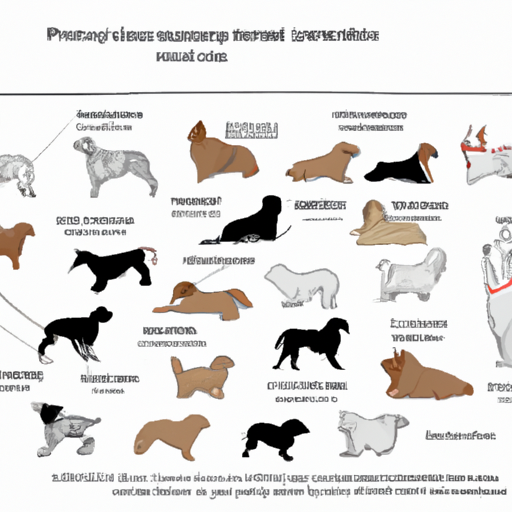Understanding Your Dog’s Body Language
As a caregiver, it’s essential for you to understand your dog’s body language. Dogs communicate predominantly through body language, and by learning to interpret it, you can understand where your dog likes to be pet.
Consider the following signals:
- Relaxed tail wagging: This usually indicates happiness and comfort, suggesting your dog is open to petting.
- Exposed belly: Rolling over and exposing the belly is a sign of trust. While some dogs enjoy belly rubs, others may feel vulnerable. Look for other signs, such as a wagging tail or relaxed body.
- Approaching you: If your dog comes to you and nudges your hand with their head, it’s a clear signal they want your attention and possibly a petting session.
The Top Five Areas Where Dogs Like to Be Pet
The Chest
Dogs often enjoy chest rubs. The chest is a less vulnerable area than the belly, making it a comfortable spot for many dogs. Use a gentle, open hand and stroke in the direction of fur growth.
The Base of the Tail
For many dogs, the base of the tail is a sweet spot. This area has numerous nerve endings, making it sensitive to touch. However, remember to be gentle and observe your dog’s reactions.
Behind the Ears
Behind the ears is another favorite spot. The skin here is thin, and the gentle rub can be very soothing for dogs. Plus, it’s a spot they can’t easily reach themselves.
The Shoulders
Some dogs also enjoy petting on their shoulders. It’s a less sensitive area, allowing for a little more pressure and longer petting sessions.
The Belly
Finally, many dogs love belly rubs. However, remember that exposing the belly is a sign of trust. Always approach gently and stop if your dog shows any signs of discomfort.
The Do’s and Don’ts of Petting Dogs
Now that you know where dogs like to be pet, let’s go over some do’s and don’ts.
Do’s
- Always approach dogs calmly and quietly.
- Pet in the direction of fur growth.
- Pay attention to the dog’s body language and stop if they show any signs of distress.
Don’ts
- Do not pet unfamiliar dogs without the owner’s permission.
- Avoid touching sensitive areas like the paws and face unless the dog is comfortable with you.
- Do not force a petting session. If a dog moves away from you, respect their space.
How Each Breed Differs
Different breeds may have different preferences when it comes to petting. For example, retrievers and labradors are often more tolerant of being touched all over, while terriers may prefer petting in specific spots, like the base of the tail or the chest.
To understand your dog’s preference, observe their reactions during petting sessions and adjust accordingly.
Frequently Asked Questions
Q: Should I pet my dog’s head?
A: Many dogs can find head petting intimidating, especially from strangers. However, if your dog seems comfortable and enjoys it, it’s generally okay.
Q: My dog doesn’t like to be pet. What should I do?
A: Respect your dog’s boundaries. Try to engage them in other forms of interaction, like playing or training.
Q: How do I know if my dog is enjoying the petting?
A: Look for signs of relaxation, such as a wagging tail, relaxed body, and a calm demeanor. If your dog tries to move away or shows signs of discomfort, stop immediately.
Remember, every dog is unique. What works for one might not work for another. Always approach petting with patience, respect, and love. With time, you’ll learn exactly where your dog likes to be pet.



